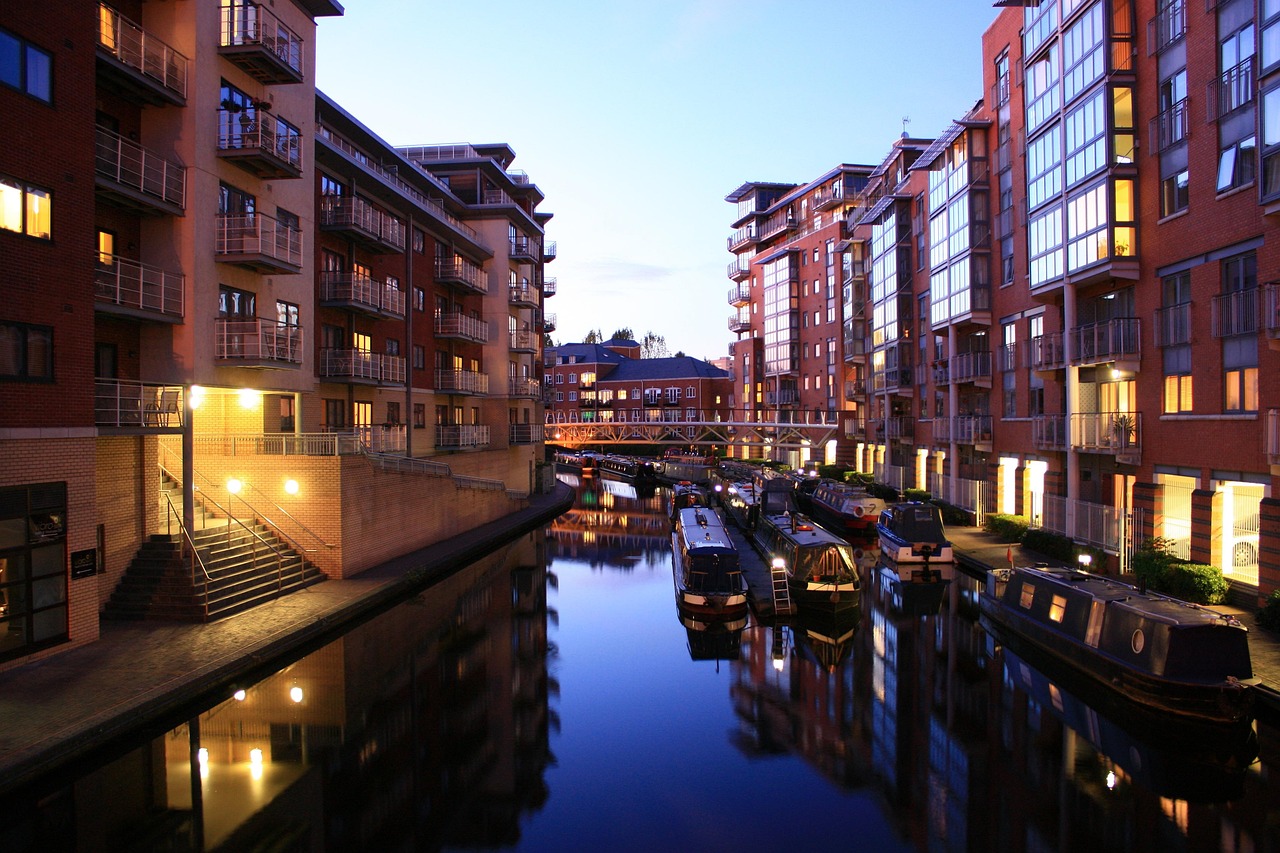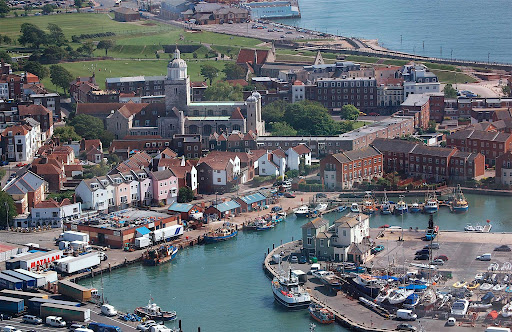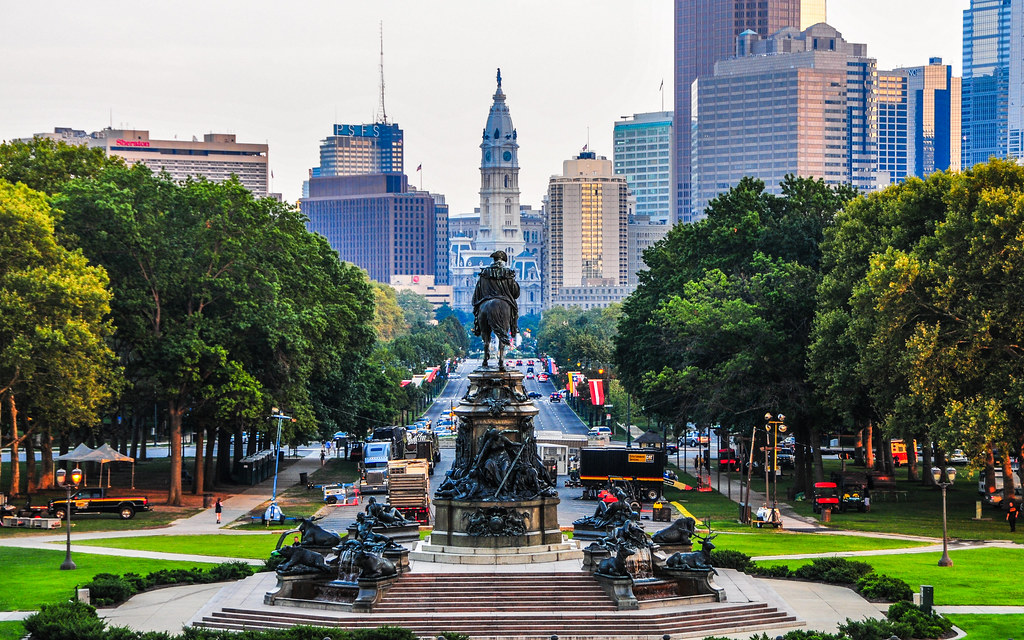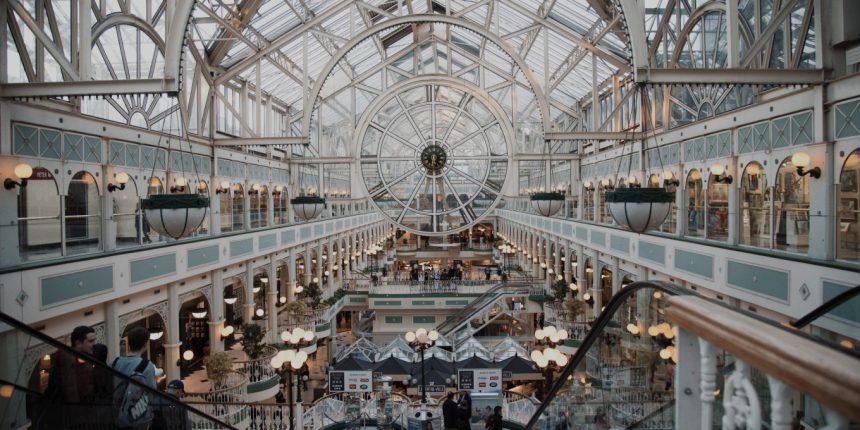Dublin, the capital of Ireland. A testament to Ireland’s history, it boasts a great literary tradition, produces bands that have taken the world by storm, and flows with drunken merriment and sorrow.

When you first arrive in Dublin, you may find it’s not the extravagant, bustling and loud metropolis of the stereotypical metropolis. Still, rather than Dublin being intimate, friendly and unpretentious – amid unavoidable globalisation, Dublin has all the conveniences and modernity of a cosmopolitan city whilst retaining a spiritual connection to its ancient cultural traditions.
The River Liffey runs through the city, dividing Dublin into North and South, and the major sights can be easily explored on foot and by public transport. The streets and alleyways are dotted with vibrant artistic landscapes and historic buildings, as well as trendy cafes and old-school pubs.

The iconic Spire of Dublin stands on the north side of the river, its 121.2-metre-high columns rising into the sky. To the west of the city, Phoenix Park, Europe’s largest urban park, is a great place to stroll, picnic and listen to the sound of yodelling deer.
Historical and Cultural Tours
From the legacy of Celtic culture to the Vikings to a testament to Ireland’s independence, Dublin’s historic buildings and museums provide a complete picture of the city’s history and culture.
Trinity College Dublin

As the oldest university in Ireland, it has a history of over 400 years. The alumni list includes literary giants such as Samuel Beckett, Nobel Prize winner for literature and author of Waiting for Godot, Oscar Wilde, the famous literary figure, and Jonathan Swift, author of Gulliver’s Travels.

Trinity College Dublin is the oldest college in Ireland, founded by Elizabeth I. It is a prestigious institution of higher learning. It is a prestigious institution of higher learning and is home to several Nobel Prize winners. The college building consists of two square courtyards, the old city walls surrounding the stone and brick buildings, gravelled paths, and lush green lawns. A tall bell tower makes the campus look both culturally rich and full of natural elegance.

There is no better place to visit on campus than the Old Library. You’ll find Ireland’s national treasure, the Book of Kells. It is a clay and gold decorated codex dating from around 800 AD and is of high religious and artistic value.
The library at Trinity College Dublin is one of the “Three Great Libraries of Europe“, along with the British Library and Oxford University Library. The version of “Harry Potter and the Sorcerer’s Stone” was filmed here. The long corridors and tall bookshelves in the library are full of rich, magical colours. The library also houses Ireland’s national treasure, the Book of Kell, the oldest handwritten masterpiece in the world and one of the most perfect pieces of Irish history.
National Museum of Ireland
The National Museum of Ireland has four branches: Archaeology, Natural History, and Decorative Arts and History galleries in Dublin and a Country Life gallery on the west coast in County Mayo.

The National Museum has many valuable artefacts from prehistoric times to today and is the best place to learn about Ireland.

The Archaeology and Natural History Galleries and the National Gallery of Ireland are south of Trinity University. The Gallery of Decorative Arts and History is located north of the city.
See early gold, church treasures, the Viking period and the Middle Ages. Learn how the Irish caught a fish 9,000 years ago, how pirates ironed their clothes and how prehistoric people wove cloth and make a simple pot. The museum also arranges fun learning for children every two to three weeks so they can learn about history as they listen to stories and watch plays.
Dublin Museum & Protestant Cathedral
The Dublin Museum (Dublinia) focuses on the history of Dublin during the Viking Age and the Middle Ages, using text, videos, pictures, artefacts, models, and reconstructed scenes to illustrate the city’s history according to the historical timeline.

The museum is adjacent to Christ Church Cathedral, a stately, spectacular cathedral that is one of the oldest medieval churches in Dublin.
St Patric’s Cathedral
Legend has it that St Patrick baptised and blessed several new converts at an ancient well next to the present-day cathedral. A wooden church was later built on the site as a memorial.

The present-day Gothic church, first built in the 12th century, has been destroyed and rebuilt over the years and is the largest church in Dublin, where Swift, the author of Gulliver’s Travels, was bishop.
Built in 1204, Dublin Castle is one of the city’s oldest buildings and one of the largest in Europe in terms of style and scale. A high wall with a drawbridge at the main entrance surrounds this castle-like building. The thick outer wall is in the middle of the old castle hall. The castle was previously used to hold the king’s gold and silver jewellery, which is now unknown, but the castle is still standing. Inside the castle, the State Dining Room, the two museums, the café and the gardens are now open to visitors, while the two government offices are closed to tourists and are signposted in front of the gate.
Tickets: Free admission, but tickets are required to enter the State Dining Room—an optional guided tour to learn about Ireland’s political history.
Alcohol Culture Tour
Drink your fill of beer and whiskey and get drunk in Dublin.
Guinness Storehouse

In 1759, Arthur Guinness signed a lease on a 16,000-square-metre derelict brewery in Dublin for an astonishing 9,000 years. In 1886, Guinness became the first brewery listed on the London Stock Exchange. Today, it sells more than 900 million litres of beer every year. The bottom of every Guinness beer bottle bears Arthur Guinness’s signature on the contract from that year.

The Beer Pavilion is built on the site where Guinness has been produced for over 200 years and is shaped like a giant pint glass of Guinness. The gallery shows the brewery as it was in the beginning, and visitors can learn about the history of Guinness beer. In addition to the tour, every visitor can learn how to pour a perfect glass of beer, and those who pass will receive a bartender’s certificate. Of course, wine tasting is also a popular part of the tour.
Don’t miss the Food Experience, where you can enjoy a variety of Guinness-inspired dishes and snacks, especially the Guinness Stout Beef Stew.
Irish Whiskey Museum

This museum showcases the history of whiskey-making in Ireland. It offers a 1.5-hour guided tour where visitors can learn about the origins of whiskey, the brewing process, the exciting process of development, and more. At the end of the tour, visitors will learn to taste the whiskey with a guide and have a 30ml bottle of whiskey as a gift.
Tips:
If going to the liquor culture is very interesting, you can also take a trip to the old Jameson Distillery Bow St. The old distillery has now been converted into an experience centre where you can learn about the history of Zumiehl’s whisky and its unique distillation techniques. Complimentary tastings are available at the end of the guided tour.
Temple Bar

The Temple Bar area is home to many pubs and bars, with many Irish musicians, including the famous U2, playing in the area’s pubs. And almost every bar is buzzing with live music.
The most popular drink in the pubs is Guinness beer, and presumably, an entire neighbourhood of taverns and restaurants has a recipe for beef stew with beer.
Literary Journey
Dublin is the ‘City of Literature’, with literary giants such as Samuel Beckett, James Joyce, George Bernard Shaw and Oscar Wilde all living in Dublin.

The city’s three bridges and numerous streets are named after writers, and the airport is adorned with photographs of writers’ heads and their quotes. It is also home to the Dublin Theatre Festival, the oldest theatre festival in the world.
Museum of Literature Ireland
Opening in 2019, the Museum of Literature Ireland (MoLI) is a dynamic, interactive and ‘immersive’ look at the stories behind Ireland’s literary and cultural heritage. The museum features an extensive collection of literary works, manuscripts and letters by contemporary Irish writers.

Some of the most stunning items on display are the first edition of James Joyce’s Ulysses and the Nobel Prize for Literature medal won by the Irish poet W.B. Yeats.
James Joyce Centre James Joyce Centre

Joyce is arguably the writer most closely associated with Dublin. His book Ulysses is the story of one day in Dublin with the protagonist, Bloom, and another, Dubliners, based on the lives of Dubliners.
The centre exhibits Joyce’s life and works and also houses the front door of 7 Eccles Street, the home of Bloom, the protagonist of Ulysses.
Oscar Wilde House

Oscar Wilde was born in Dublin in 1854, and the following year, the family moved to Merrion Square, where they lived until 1878. Wilde’s home now belongs to the Dublin American Academy. The bottom two floors are open for tours as a memorial.
Opposite the house, on the corner of Merrion Square, is the famous statue of Oscar Wilde. This is now the centre of Wilde’s memory, with many portraits of Wilde hanging on the railings around the green and a steady stream of visitors to the statue and the house.
Music and Theatre Tours
From the Celtic bards to U2 and the Cranberries and the harp in Ireland’s coat of arms, it’s clear that music has an essential place in this country.
Don’t Miss Riverdance

Riverdance is Ireland’s most famous dance theatre, combining traditional Irish tap dance with Spanish flamenco, ballet and modern jazz to tell the story of the Irish people’s struggle against nature, their experiences of war, famine and other hardships, and their displacement. And then the rebuilding of their homeland as if it were a sweeping epic.
How to book tickets: https://riverdance.com/tours/dublin/ (every summer)
Duration of performance: approximately 2 hours
See a Pay at the Venerable Abbey Theatre

The Abbey Theatre, the National Theatre of Ireland, is a theatre with close links to the writers of the Irish Literary Revival, whose figures Yeats and Lady Gregory. Edward Martin founded the Abbey Theatre and provided the scripts for the theatre’s productions.
How to book tickets: https://www.abbeytheatre.ie/
See Street Bands on Grafton Street

Grafton Street is the busiest shopping street in Dublin city centre. And it’s easy to shop, eat, drink and be entertained on this street. It is also known to the Chinese as “Widow Street”, a phonetic name for the street crowded with tourists.
This street is home to the largest concentration of local street performers, where musicians play and sing, as well as large instruments such as guitars, tambourines, and pianos. And even harps may be brought to the street for performances. Take a stroll here; maybe the band that catches your ear and stops to listen is the next U2.
FAQ
The Trinity College Library, home to the historic Book of Kells, is an absolute must-see, blending Ireland’s rich literary tradition with architectural marvel.
Yes, the Little Museum of Dublin offers a unique glimpse into the city’s 20th-century history, providing an authentic, crowd-free experience.
The Gravity Bar atop the Guinness Storehouse not only offers the best stout in the city but also breathtaking 360-degree views.
The Dublin Zoo, located in Phoenix Park, provides a fun and educational day out for families, offering a chance to see various animals.
Kilmainham Gaol provides a poignant look at Ireland’s struggle for independence, while Dublin Castle reflects centuries of history.









